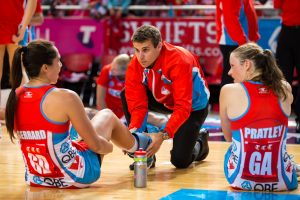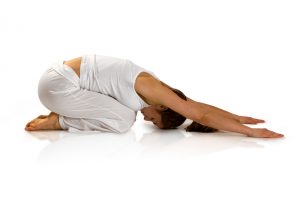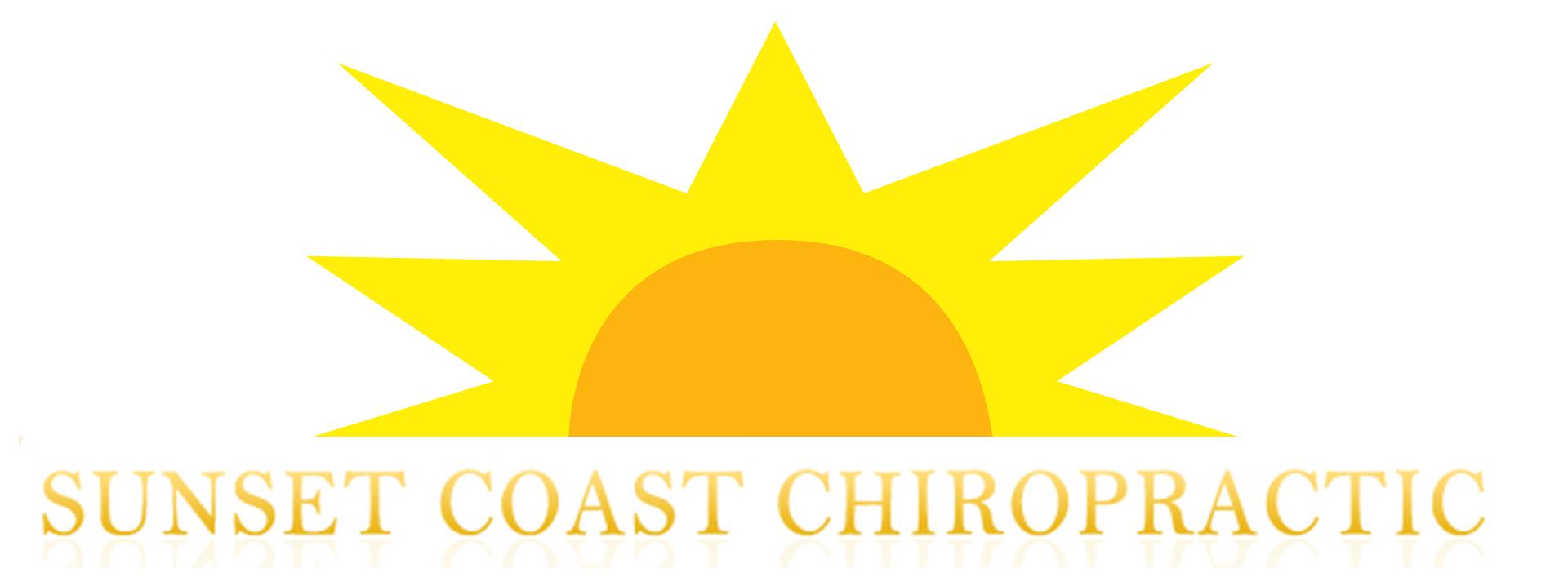Netball is one of the most popular team sports in Australia, with participants of both sexes, all ages and skill levels taking part. Netball Australia has several hundred thousand registered players. Netball places many demands on the technical and physical skills of players, with injuries occurring predominantly to the lower leg, wrist, hand and fingers.
How many injuries & types of?

- The rate of injury for netballers is 14 injuries per 1,000 hours played.
- Common causes of injuries are awkward landings, slips/falls, player contact/collision, overexertion, overuse and being hit by the ball.
- Ankle, wrist, hand, finger and knee injuries occur frequently.
- The most common types of injuries are sprains, bruising, fractures and dislocations.
The sprained ankle
Ankle sprains are one of the most common injuries in netball players and can range in severity. Minor sprains may only take a week of rest and rehab, whereas more serious sprains can take much longer. The ankle accounts for 40% of netball injuries, due to the amount of jumping, running and change of direction during game play and training.
Treatment for an ankle sprain
Treatment for a sprained ankle depends on the severity of your injury. The treatment goals are to reduce pain and swelling, promote healing of the ligament, and restore function of the ankle.
For self-care of an ankle sprain, use the R.I.C.E. approach for the first two or three days:
In most cases, over-the-counter pain anti-inflammatory medication — such as ibuprofen assist to manage the pain of a sprained ankle plus reduce swelling.
Once the swelling and pain is lessened enough to resume movement, your Chiropractor will ask you to begin a series of exercises to restore your ankle’s range of motion, strength, flexibility and stability. Your Chiropractor will also assess the alignment of your spine and pelvis and make any necessary adjustments to these areas as well as assessing the alignment of the bones of the leg and ankle then make any necessary adjustments.
Your Chiropractor will discuss your goals, time frames and training schedules with you to optimise you for a complete and safe return to sport. The perfect outcome will have you performing at full speed, power, agility and function with the added knowledge that a thorough rehabilitation program has minimised your chance of future injury.
Towards Wellness: Go for a Walk
We all know the importance of being physically active and the good news is that just 10 continuous minutes of brisk walking counts as physical activity. Brisk walking is simply walking faster than you would do normally, which gets the heart pumping, makes you feel more energetic and helps to improve your mood. Over time it can also help to lower the risk of serious illness like heart disease and type 2 diabetes.
Stretch of the Month: Child’s Pose
Begin in tabletop position on your hands and knees, with your hands directly under your shoulders and knees under your hips. Extend your arms out in front of you, placing your palms flat on the floor. Slowly sit your hips back toward your heels, dropping your head and chest downward as your arms extend further and reach for the wall in front of you. If this stretch is too much, place a pillow under your belly to prop yourself up a bit and lessen the stretch of the low-back muscles. Hold this pose for 20 to 30 seconds or even longer.

